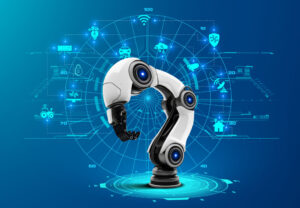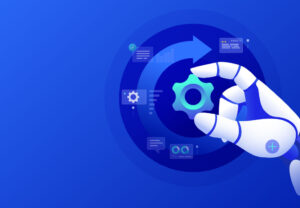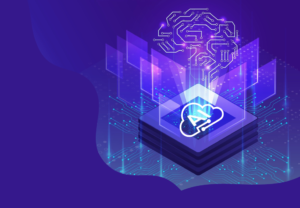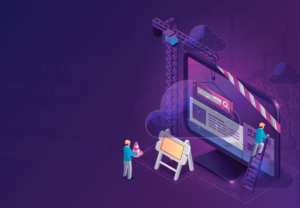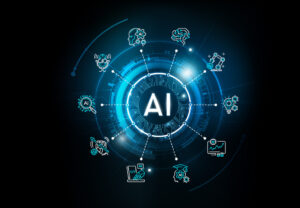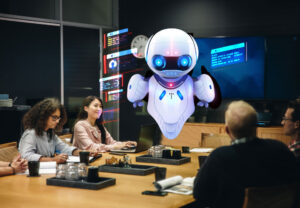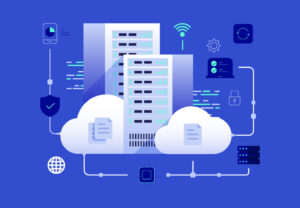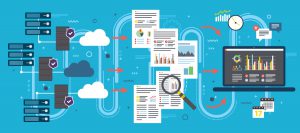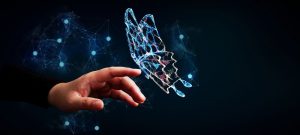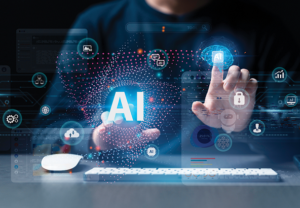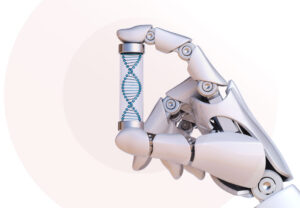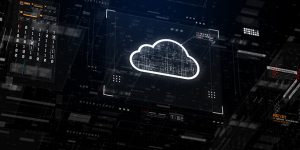Agentic AI & Autonomous Agents: How It's Going To Change Process Automation Landscape
“Enterprise agentic AI adoption transforms traditional automation through strategic autonomous process design, delivering unprecedented cognitive automation ROI for leadership. This comprehensive analysis explores the future of intelligent process orchestration, providing executive insights into agentic systems that enable AI-driven workflow autonomy. The agentic AI framework for business transformation demonstrates significant impact of autonomous agents on operational efficiency, establishing next gen hyperautomation strategies as essential competitive advantages for forward-thinking organizations seeking sustainable process innovation.”
The enterprise automation landscape stands at an inflection point. Traditional process automation technologies, while delivering measurable returns, have reached their operational ceiling when confronting complex, dynamic business environments. Agentic AI and autonomous agents, technologies that represent not merely an incremental enhancement, but a fundamental shift in how organizations approach Strategic autonomous process design. These intelligent systems promise to transcend the limitations of rule-based automation, offering unprecedented capabilities for adaptive decision-making and autonomous execution. This analysis examines how Enterprise agentic AI adoption is reshaping the process automation landscape and the strategic imperatives for executive leadership navigating this transformation.
The Current State of Automation and Its Challenges
Current Automation Achievements
- a) First-generation automation technologies, particularly Robotic Process Automation (RPA), have delivered substantial operational efficiencies across enterprises.
- b) Organizations have successfully automated routine, rules-based tasks, achieving significant cost reductions and accuracy improvements in data processing, transaction handling, and basic customer interactions.
- c) Traditional automation has established a foundation for digital transformation across multiple industries.
The Automation Ceiling Challenge
- a) Current technologies have encountered what analysts term the “automation ceiling”, the point where traditional automation systems struggle with processes requiring contextual understanding, adaptive reasoning, and dynamic decision-making.
- b) Complex workflows involving exception handling, unstructured data interpretation, and cross-functional coordination remain largely manual.
- c) Organizations find themselves unable to automate end-to-end processes that span multiple systems and require human judgment.
Business Impact of Current Limitations
- a) Fragmented automation implementations create operational silos rather than comprehensive process transformation.
- b) Stagnating productivity gains despite continued investment in automation technologies.
Mounting pressure to identify next-generation solutions that can deliver sustainable Cognitive Automation ROI for leadership while addressing increasingly sophisticated business requirements.
The Emergence of Agentic AI and Autonomous Agents
Agentic AI represents a fundamental evolution in artificial intelligence, characterized by systems that demonstrate true autonomy, proactive behavior, and sophisticated reasoning capabilities. Unlike traditional AI systems that respond to specific inputs with predetermined outputs, autonomous agents operate with goal-oriented intelligence. These systems can plan, learn, and adapt their behavior based on environmental changes and outcome feedback. They embody the Future of intelligent process orchestration by combining advanced natural language processing, machine learning, and decision-making algorithms.
Key Differentiators from Traditional Automation
- a) The distinction between conventional automation and agentic systems parallels the difference between a sophisticated calculator and a team of expert analysts.
- b) Traditional automation executes predefined workflows with precision.
- c) Autonomous agents function as intelligent collaborators that can understand context, evaluate options, and make informed decisions within their operational parameters.
Core Architecture Components
- a) Strategic Planning Capabilities: Enable goal decomposition and task prioritization for complex process management.
- b) Persistent Memory Systems: Maintain context across interactions and learning cycles for continuous improvement.
- c) Dynamic Tool Utilization: Allow agents to leverage multiple systems and resources to accomplish objectives efficiently.
This technological foundation enables what industry experts recognize as the C-suite guide to autonomous operations, where intelligent systems can manage complex processes with minimal human intervention while maintaining alignment with strategic business objectives.

The Impact on Process Automation
Customer Service Transformation
- a) Organizations are moving beyond traditional chatbots to deploy autonomous agents capable of complex issue resolution, cross-system data retrieval, and multi-step problem-solving.
- b) These systems can analyze customer history, identify patterns, and execute resolution strategies that previously required senior support specialists.
- c) Autonomous agents provide 24/7 availability with consistent service quality across all customer interactions.
Supply Chain Management Revolution
- a) Autonomous agents continuously monitor market conditions, supplier performance, and demand patterns to execute proactive optimization strategies.
- b) These systems can autonomously adjust procurement schedules, reroute shipments based on real-time logistics data, and negotiate contract modifications within predefined parameters.
- c) Real-time decision-making capabilities enable unprecedented responsiveness to market disruptions and supply chain volatility.
Financial Operations and Human Resources Advancement
- a) Autonomous agents can conduct comprehensive financial audits by analyzing transaction patterns, identifying anomalies, and generating detailed compliance reports.
- b) In HR, these systems manage end-to-end employee onboarding processes, from initial documentation through system provisioning and training coordination.
- c) Personalized communication with new hires throughout their integration journey maintains human touch while ensuring process consistency.
Strategic Shift in Automation Approach
- a) The fundamental transformation occurs in moving from discrete task automation to holistic workflow orchestration.
- b) Next gen hyperautomation strategies enable intelligent coordination across multiple systems, departments, and external partners.
- c) This represents a transition from automation as a tactical efficiency tool to AI-driven workflow autonomy as a strategic competitive capability.
- d) The Impact of autonomous agents on operational efficiency becomes evident as these systems operate continuously, processing vast data streams and executing decisions at speeds impossible for human operators.
Strategic Imperatives for Leadership
Executive leadership must address several critical dimensions to successfully navigate this technological transformation. Talent development emerges as a primary imperative, requiring organizations to cultivate workforces capable of collaborative partnership with intelligent agents. This involves redefining role responsibilities, developing new competency frameworks, and establishing training programs that enhance human-AI collaboration capabilities.
Technology infrastructure considerations demand equal attention, as agentic systems require flexible, integrated architectures capable of supporting real-time data processing, cross-system communication, and scalable computational resources. Organizations must evaluate their current technology stack against the requirements of autonomous operations, identifying gaps and developing roadmaps for necessary upgrades.
Governance frameworks become increasingly critical as autonomous agents assume greater decision-making authority. Leadership must establish clear boundaries for agent autonomy, implement comprehensive monitoring systems, and develop accountability structures that maintain organizational control while enabling system flexibility. This includes developing ethical guidelines for AI deployment, ensuring compliance with regulatory requirements, and maintaining transparency in automated decision-making processes.
Executive insights into agentic systems reveal that successful implementation requires a holistic approach combining technology deployment with organizational transformation, requiring sustained leadership commitment and strategic resource allocation.
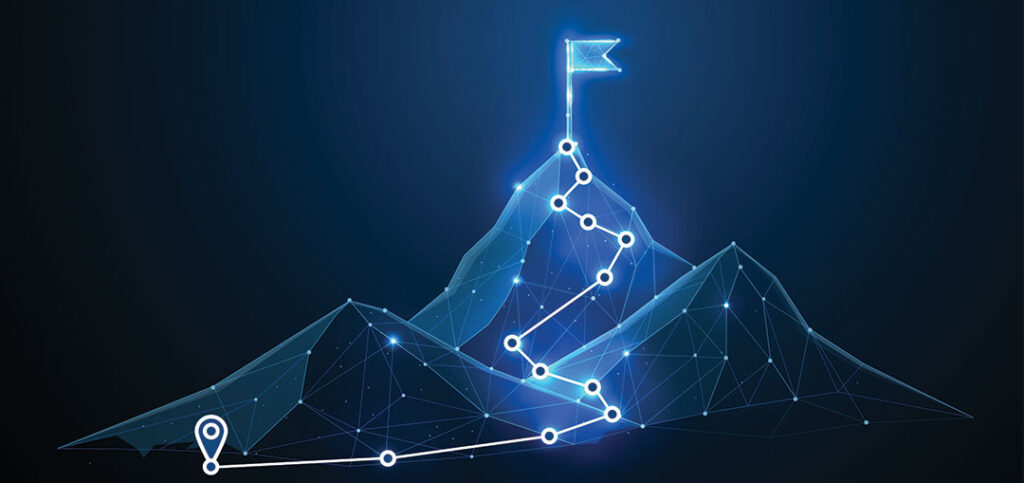
Conclusion
Agentic AI and autonomous agents represent an immediate strategic imperative rather than a distant technological possibility. Organizations that delay engagement with these technologies risk competitive disadvantage as early adopters establish operational superiority through enhanced efficiency, improved decision-making speed, and superior customer experiences. The transformation requires sophisticated implementation strategies that balance technological capability with organizational readiness.
Partnering with experienced technology providers becomes essential for successful navigation of this complex transition. Motherson Technology Services brings deep expertise in implementing advanced automation solutions, developing comprehensive strategies that align technological capabilities with specific business objectives. Our proven track record in enterprise automation deployment, combined with specialized knowledge in agentic AI systems, positions organizations to achieve sustainable competitive advantage through strategic autonomous process design implementation and optimized operational transformation.
About the Author:

Arvind Kumar Mishra, Associate Vice President & Head, Digital and Analytics, Motherson Technology Services. A strong leader and technology expert, he has nearly 2 decades of experience in the technology industry with specialties in data-driven digital transformation, algorithms, Design and Architecture, and BI and analytics. Over these years, he has worked closely with global clients in their digital and data/analytics transformation journeys across multiple industries.

 July 1, 2025
July 1, 2025 Arvind Kumar Mishra
Arvind Kumar Mishra



